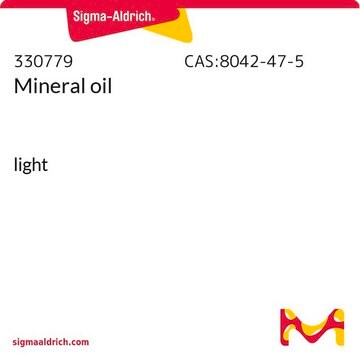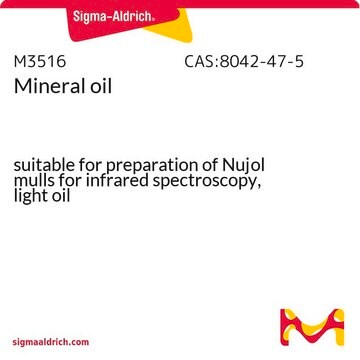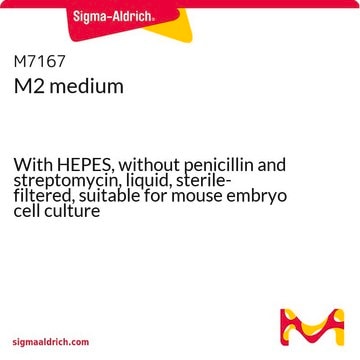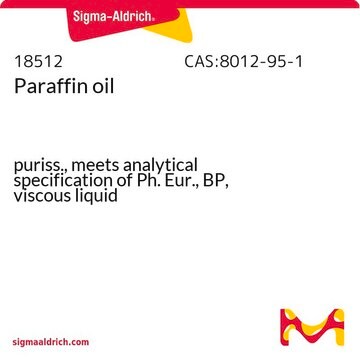Recommended Products
sterility
non-sterile
form
light oil
storage condition
protect from light
refractive index
n20/D 1.467 (lit.)
density
0.84 g/mL at 25 °C (lit.)
format
neat
InChI key
AEOVEGJBKQQFOP-DDVLFWKVSA-L
Looking for similar products? Visit Product Comparison Guide
Application
Caution
Analysis Note
comparable product
Storage Class Code
10 - Combustible liquids
WGK
WGK 1
Flash Point(F)
No data available
Flash Point(C)
No data available
Personal Protective Equipment
Certificates of Analysis (COA)
Search for Certificates of Analysis (COA) by entering the products Lot/Batch Number. Lot and Batch Numbers can be found on a product’s label following the words ‘Lot’ or ‘Batch’.
Already Own This Product?
Find documentation for the products that you have recently purchased in the Document Library.
Customers Also Viewed
Articles
Mouse embryo media and embryo validated reagents for transgenic mouse embryo culture
Our team of scientists has experience in all areas of research including Life Science, Material Science, Chemical Synthesis, Chromatography, Analytical and many others.
Contact Technical Service















